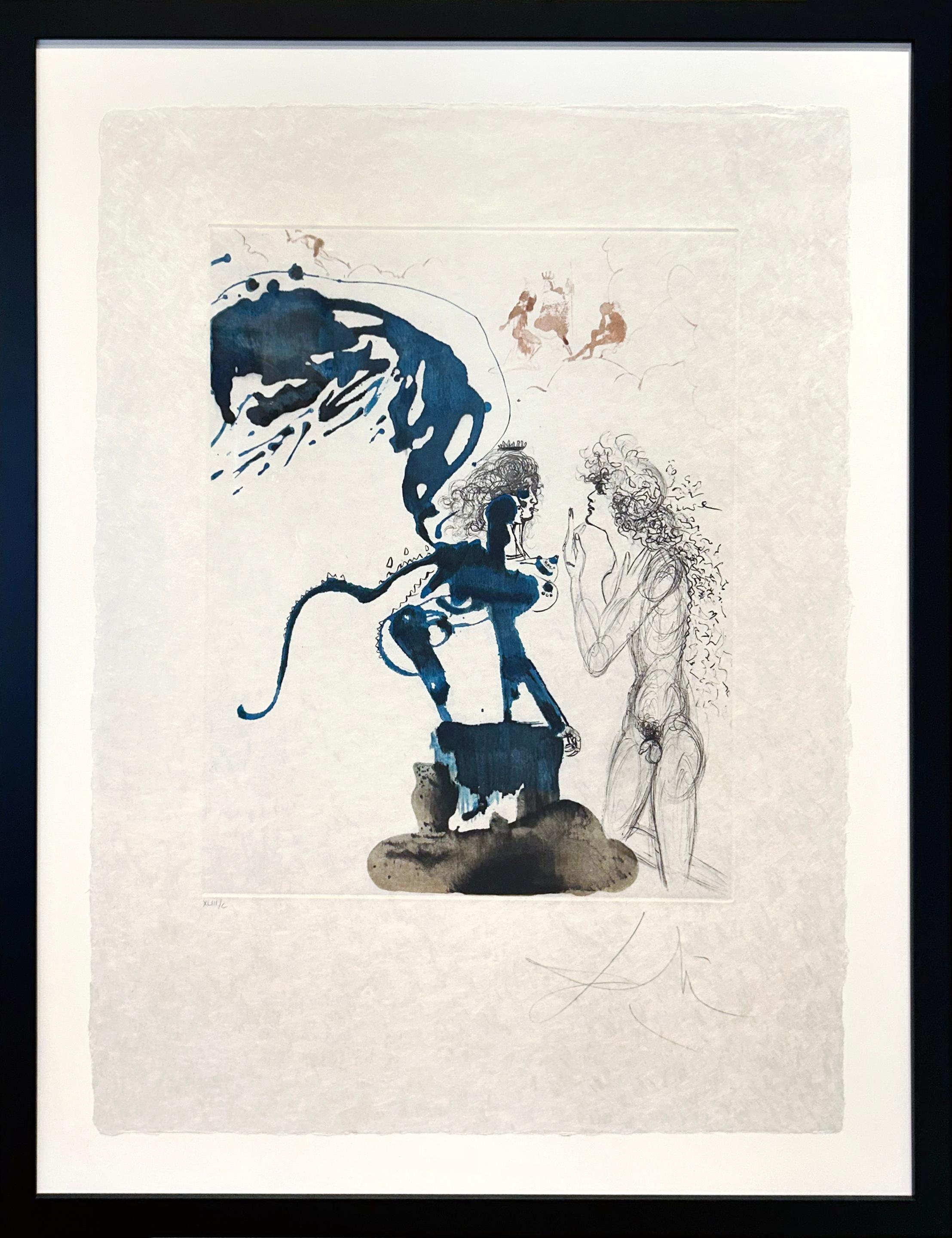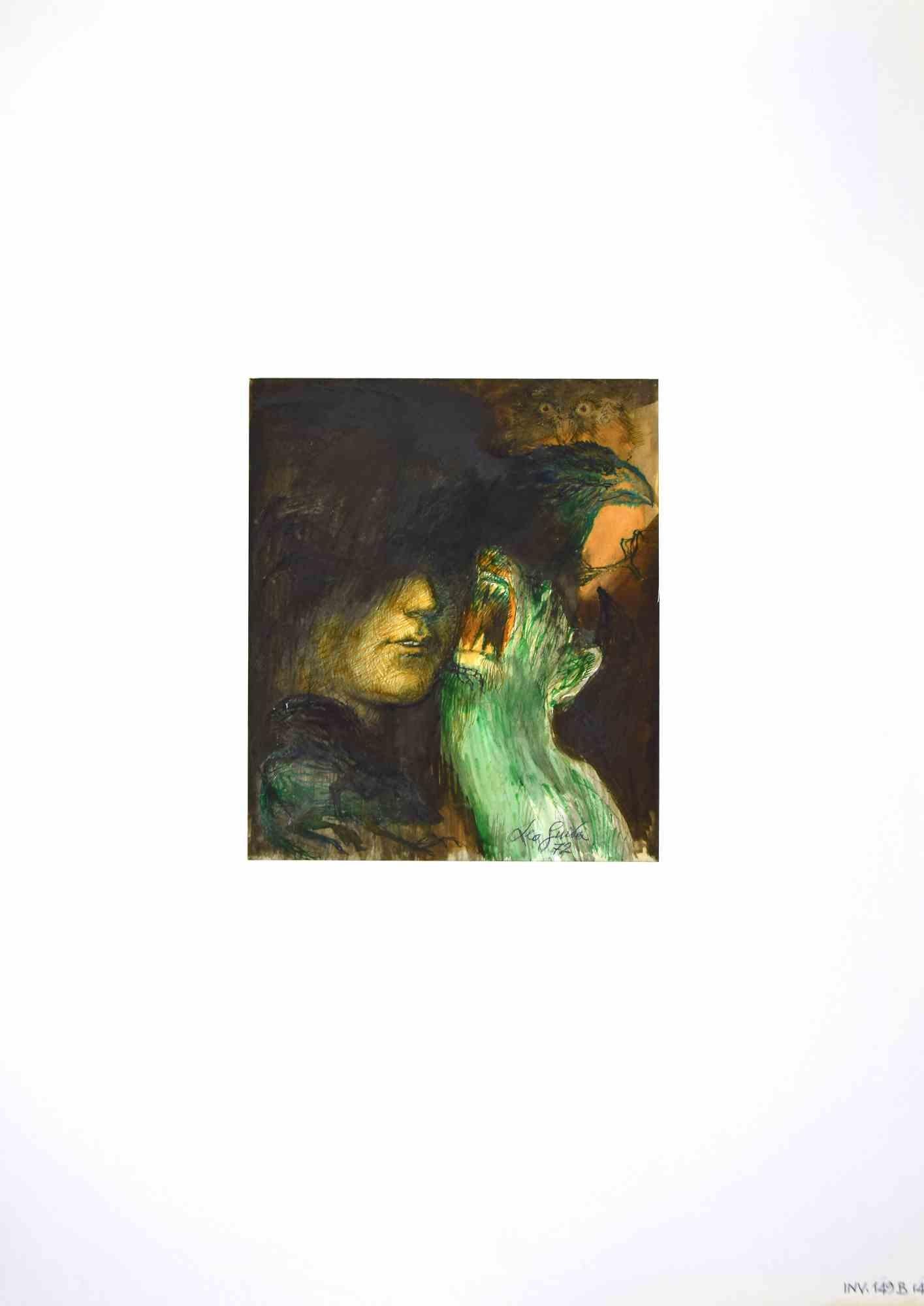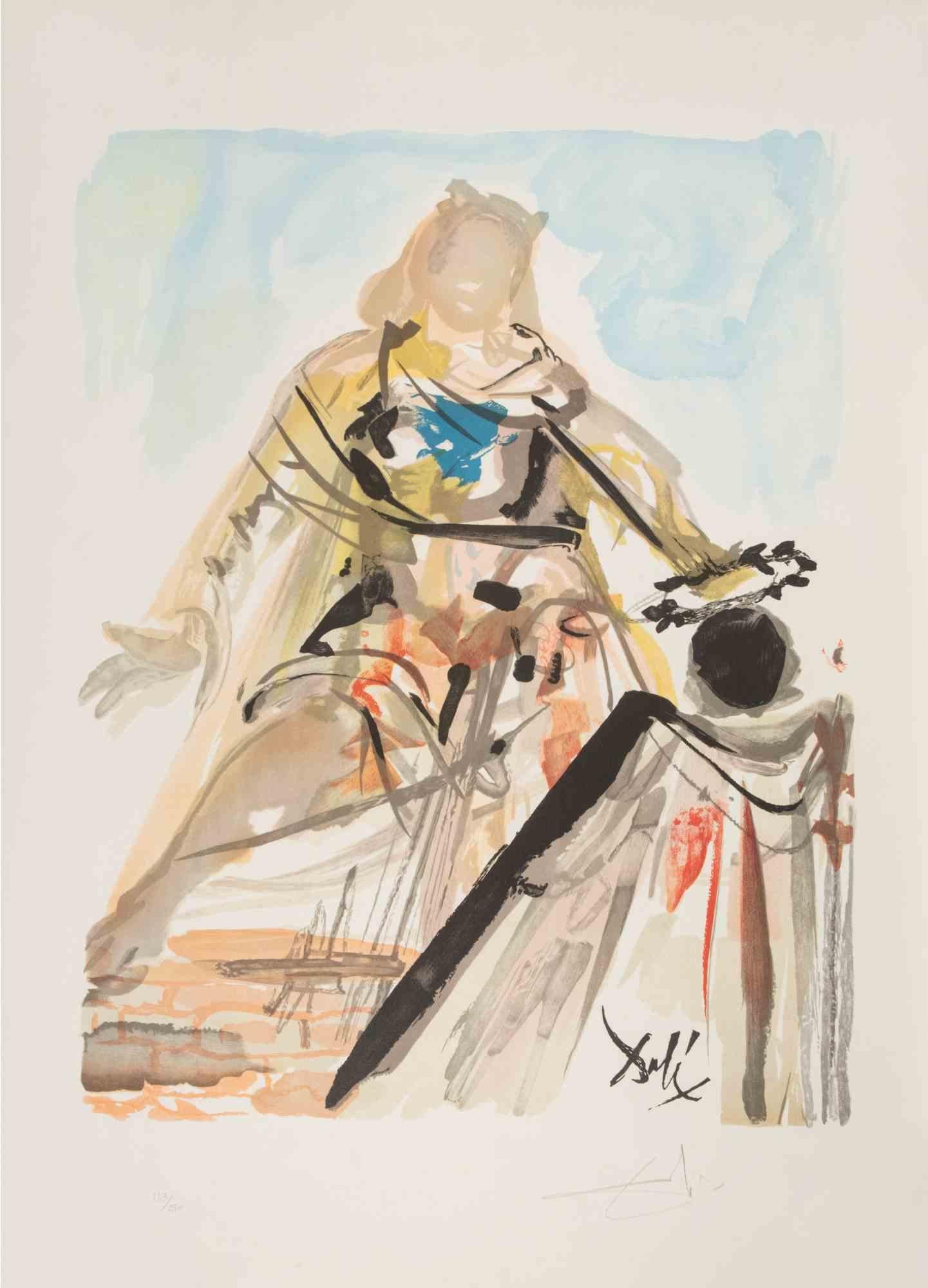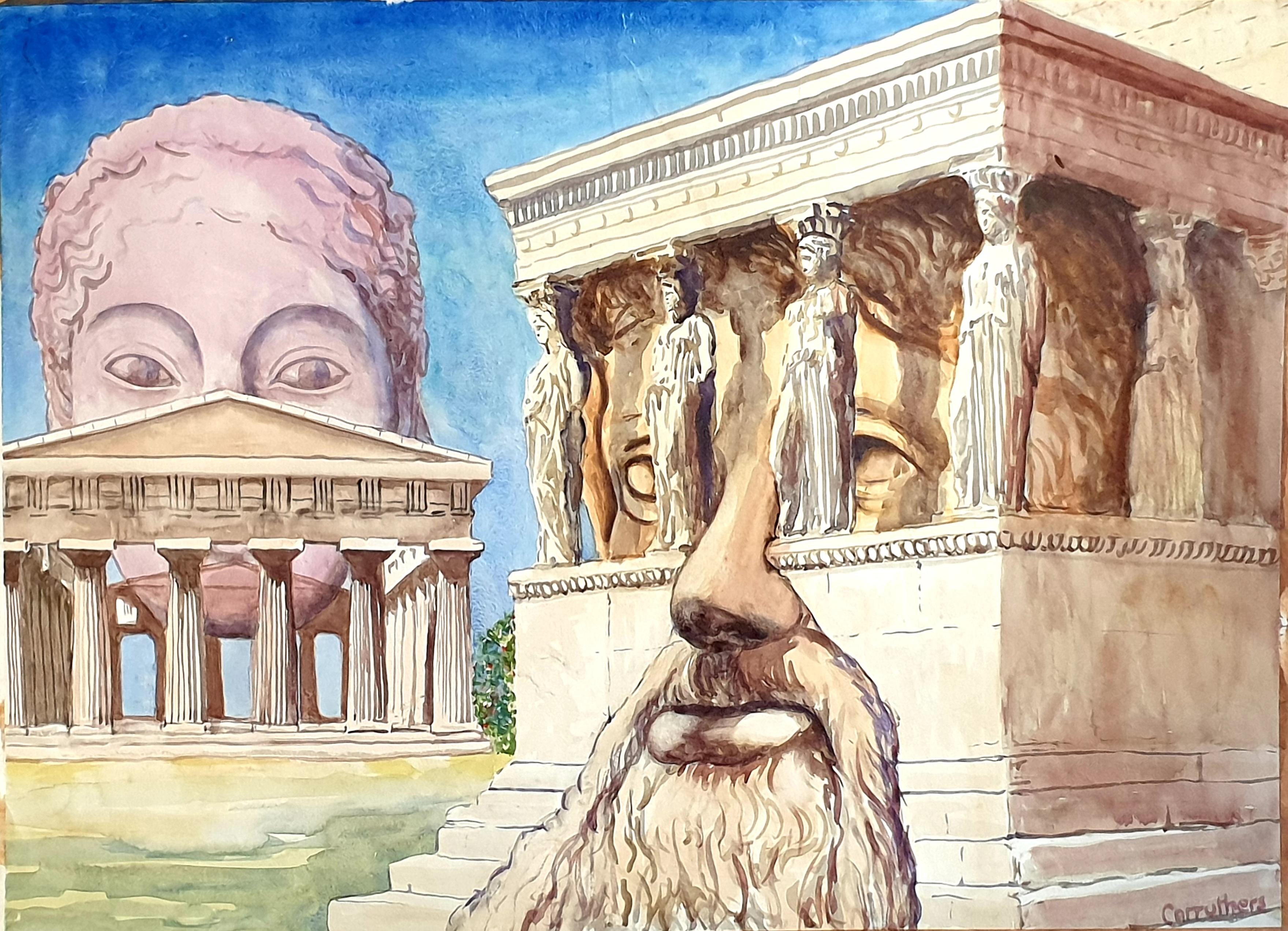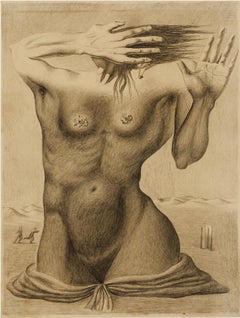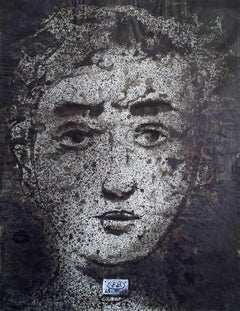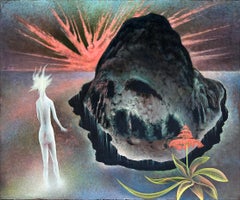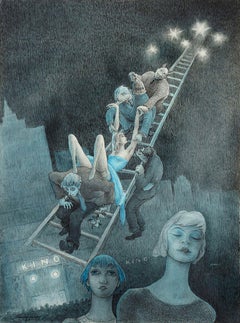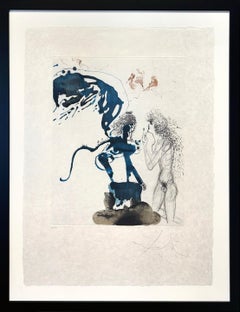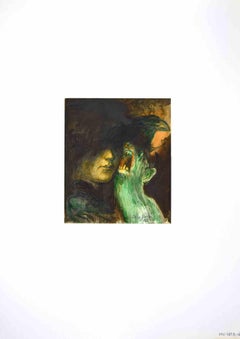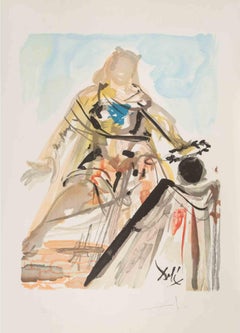Items Similar to Oedipus And The Sphinx
Video Loading
Want more images or videos?
Request additional images or videos from the seller
1 of 9
Eugene BermanOedipus And The Sphinx1962
1962
$4,500
£3,432.29
€3,908.55
CA$6,323.87
A$6,897.07
CHF 3,653.60
MX$82,686.10
NOK 46,530.67
SEK 42,548.84
DKK 29,200.66
About the Item
Initialed in cartouche bottom center
Provenance: Robert L. B. Tobin Foundation
Matted but Unframed
- Creator:Eugene Berman (1899 - 1972, Russian)
- Creation Year:1962
- Dimensions:Height: 20.75 in (52.71 cm)Width: 12.75 in (32.39 cm)
- Medium:
- Movement & Style:
- Period:
- Condition:
- Gallery Location:Miami, FL
- Reference Number:1stDibs: LU38531065863
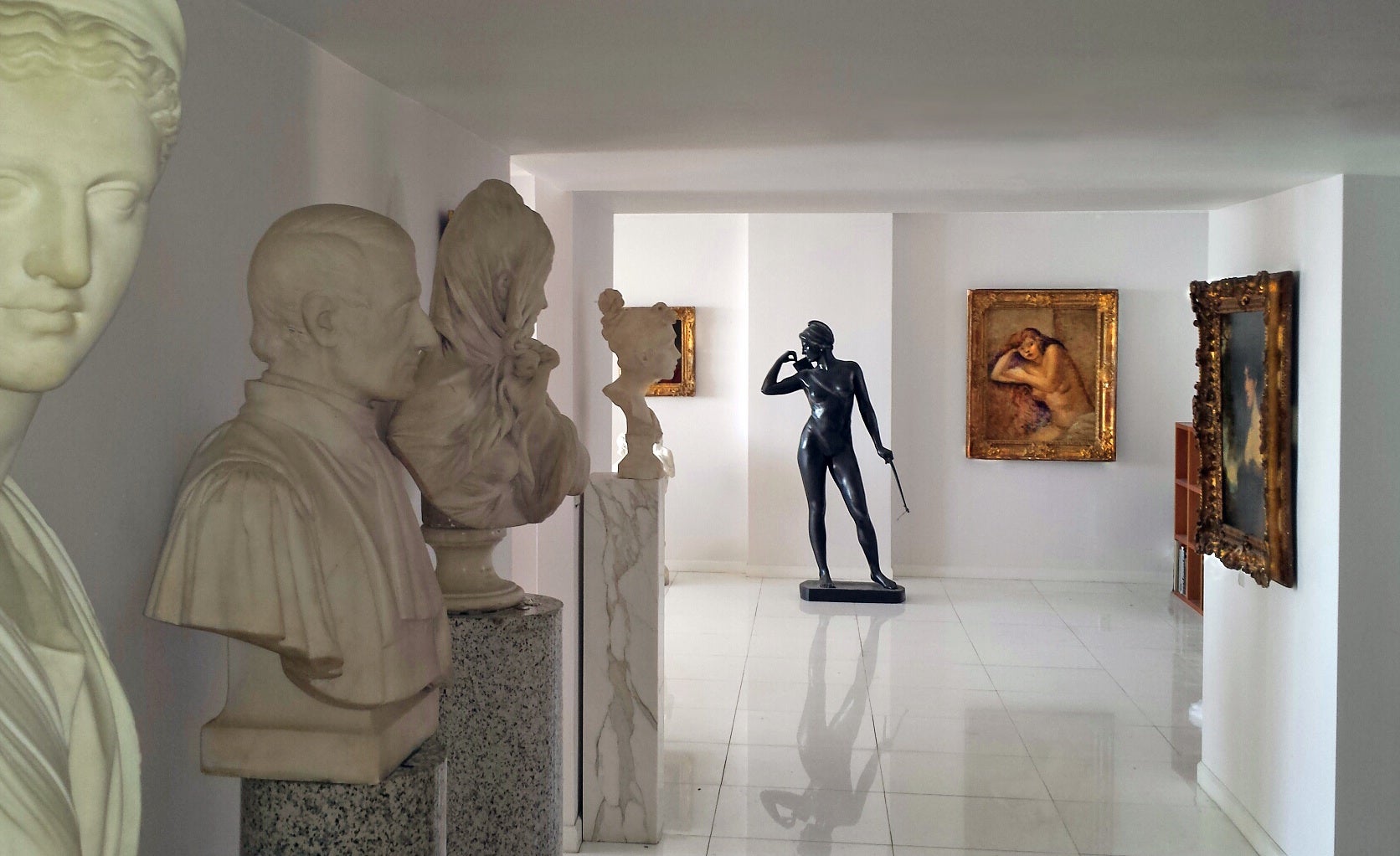
About the Seller
5.0
Vetted Professional Seller
Every seller passes strict standards for authenticity and reliability
Established in 2005
1stDibs seller since 2016
120 sales on 1stDibs
Typical response time: 1 hour
- ShippingRetrieving quote...Shipping from: Miami, FL
- Return Policy
More From This Seller
View AllSurrealist Nude Female Figure
By Federico Castellon
Located in Miami, FL
This is an important work that is loaded with Surrealist iconographies. The shape of her hands is echoed in the shape of her hair. Tiny man and woman figures...
Category
1930s Surrealist Figurative Drawings and Watercolors
Materials
Graphite, Archival Paper
Portrait of Mythological Figure
By Eugene Berman
Located in Miami, FL
Works on Paper, watercolor, gouache, and pencil on paper
Robert L. B. Tobin Foundation San Antonio, Texas
initialed in cartouche bottom center
Category
1950s Surrealist Mixed Media
Materials
Gouache
Surrealist Landscape, Mountain with Nude Woman - Perls Gallery
By Frederick Haucke
Located in Miami, FL
A nude white woman gazes out and over a Giorgio de Chirico like surrealist landscape to an overly dramatic sunset with stylized orange rays. In the center of the composition is a cut-out of a mountain with a moat. In the extreme foreground is a silhouetted orange plane with a spiral of leaves. Along with the empty landscapes of de Chirico, it's possible that Frederick Haucke was influenced by Salvador Dalí " The Persistence of Memory" in 1931, and Dali's painting was shown at the Museum of Modern Art in 1934. In that painting, Dali, paints a vacant landscape doted with symbols from the unconscious. This painting by Frederick Haucke owes a debt to giants of the Surrealist movement but still, Haucke carves out his style. The shape of the nude's hair echoes the shape of the sunset. What the symbolism to the mountain is and the flower in the foreground we will leave to the viewer to speculate. It was shown at the very prestigious Pearls Gallery in New York City. Artists in the famous Perls' stable included Derain, Dufy, Rouault, Matisse, Picasso, Modigliani, Pascin, Soutine, Chagall and Vlaminck. With a 1971 retrospective of Alexander Calder's work. This Haucke from the Perls Gallery...
Category
1940s Surrealist Nude Paintings
Materials
Masonite, Oil
Fantasy from the Cinema
By Walter Schnackenberg
Located in Miami, FL
Famed poster and stage scenery artist Walter Schnackenberg shifts gear and paints a nightmarish vision from his imagination.
The exagerated expressions and macabre quality of the sce...
Category
1950s Surrealist Figurative Drawings and Watercolors
Materials
Paper, Ink, Watercolor, Pen
The Night of the Ram - Desolate Surreal Landscape
By Eugene Berman
Located in Miami, FL
A desolate, surreal landscape with a haunting and mysterious outdoor still life featuring Ram's head emerging from the daisies and underbrush. Classical statues sit on the horizon l...
Category
1960s Surrealist Animal Paintings
Materials
Canvas, Oil
'Princess Herminie and the Tapestry Prince - Female Illustrator
Located in Miami, FL
An original pen and ink by Barbara Macdonald 1892-1969, that was published on page 70 of the 1922 book, 'Princess Herminie and the Tapestry Prince,' written by Lee Ivatt. The second ...
Category
1920s Art Nouveau Figurative Drawings and Watercolors
Materials
Ink, Pen
You May Also Like
The Mythology Edipus & The Sphinx
By Salvador Dalí
Located in Hollywood, FL
ARTIST: Salvador Dali
TITLE: The Mythology Edipus & The Sphinx
MEDIUM: Etching on Japon Paper
EDITION NUMBER: XLII/C
SIGNED: Hand Signed by Salvador Dali
PUBLISHER: Pierre Argil...
Category
1960s Surrealist Figurative Prints
Materials
Etching
Salvador Dali "Edipus and the Sphinx" Print
By Salvador Dalí
Located in Boston, MA
Artist: Dali, Salvador
Title: Edipus and the Sphinx
Series: The Mythology
Date: 1963
Medium: Drypoint and Aquatint on Japon paper
Unframed Dimensions: 30" x 18 1/8"
Framed Dime...
Category
1960s Surrealist Prints and Multiples
Materials
Aquatint, Drypoint
$11,200 Sale Price
20% Off
Surreal Composition - Drawing by Leo Guida - 1972
By Leo Guida
Located in Roma, IT
Surreal Composition is an original drawing in ink realized by Leo Guida in 1972.
Good condition.
Hand-signed.
Leo Guida (1992 - 2017). Sensitive to current issues, artistic movem...
Category
1970s Contemporary Portrait Drawings and Watercolors
Materials
Ink
Pylades Loved Ermione - 1978
By Salvador Dalí
Located in Roma, IT
Pylades Loved Ermione is a woodcut print on Arches Paper realized in 1978 to illustrated "L'Art d'Aimer" (The Art of Love) by Ovid.
Hand signed and numbered in pencil. Dali's Drysta...
Category
1970s Surrealist Figurative Prints
Materials
Woodcut
"Three Medusas, " Eugene Berman, Surrealism, Greek Still Life
By Eugene Berman
Located in New York, NY
Eugene Gustavovitch Berman (1899 - 1972)
Three Medusas, 1968
Watercolor on paper
12 x 9 1/2 inches
Initialed and dated lower right
Provenance:
Larcada Gallery, New York
Frank Oehlsc...
Category
1960s Surrealist Still-life Drawings and Watercolors
Materials
Paper, Watercolor
$4,400 Sale Price
20% Off
Surrealist Watercolour/Gouache on Paper. 'The Birth of Sculpture''
Located in Cotignac, FR
Late 20th century surrealist gouache and watercolour on paper by British artist Derek Carruthers. The painting is signed to the bottom right and title...
Category
Late 20th Century Surrealist Landscape Paintings
Materials
Paper, Watercolor, Gouache
More Ways To Browse
Berman Eugene
1960 Sphinx
Sphinx Painting
Old Master Drawings Framed
Mid Century Charcoal Portrait
Mid Century Drawings Figure
Charcoal Drawing Portraits Early 20th Century
Chinese Pencil
Antique Drawing Board
Chinese Mid Century Watercolor
Theatre Drawings
1970 Feminist Art
Russian Watercolours
1950s Pastel
Pencil Drawing Of Woman 19th Century
Rome Watercolor
Watercolor Soldier
Charcoal Drawings 19th Century

